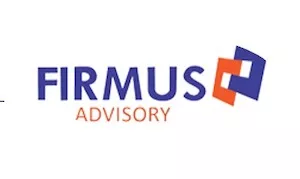- within Food, Drugs, Healthcare and Life Sciences topic(s)
- within Food, Drugs, Healthcare and Life Sciences topic(s)
- within Food, Drugs, Healthcare, Life Sciences, Finance and Banking and Immigration topic(s)
- with readers working within the Metals & Mining industries
Nigeria is one of the world's biggest soft drink markets, ranked fourth according to Statista. Though its large population is a major contributor to this ranking, the demand for soft drinks is generally high. Soft drink is almost a staple in the diet of most Nigerians whether they are out or at home. The average Nigerian drinks about 6 Bottles each week spending about ₦2,554. Nigerian consumers are spoilt for choice in the soft drink market. In both carbonated and non-carbonated markets, there are over 100 brands, from budget drinks to exotic/imported brands. Further, a huge homemade drinks market exists, especially in the non-carbonated category.
The study found that the carbonated drink category dominated the soft drinks market with 81%, while the non-carbonated category constituted 19%. The carbonated market is saturated with several brands and dominant players with entrenched positions. As a result, new entrants are forced to compete on price and volume. Although the non-carbonated market is beginning to see an influx of brands, there is relatively more room for new entrants as there is larger room for product differentiation, whether in packaging or product quality.
How much is a bottle of Soft Drink in Nigeria, and how much do Nigerians spend on Soft Drinks?
A 33cl bottle of soft drink can cost as low as ₦ 300 to as high as ₦ 2400, depending on the brand and drink type. Typically, non-carbonated soft drinks are more expensive than carbonated soft drinks due to their relatively richer ingredient make-up. Top brands of carbonated soft drinks such as Coca-Cola, Fanta, and Pepsi sell for around ₦ 430 while relatively new brands sell for about 13% to 26% lower. More interesting is that new brands not only sell at a discount to the top brands, they also provide more in quantity, as much as twice the volume for less the price. For instance, the Bigi range of drinks sells the 60cl bottle for ₦ 315.
While the pattern for pricing is clear for new entrants to the carbonated soft drinks market ('more for less'), the pattern of prices in the non-carbonated market is not as clear-cut. A big selling point in the non-carbonated soft drink market is the perception of 'healthiness' and the ingredient makeup of a drink. As a result, manufacturers have more flexibility in the market depending on the ingredients used and how well a beverage is projected. For instance, the 85 cl bottle of 5 Alive, the most popular non-carbonated soft drink in the market sells for about 10% less than the 50 cl of Utterly Yum, a relatively new brand.
To view the article in full click here.
The content of this article is intended to provide a general guide to the subject matter. Specialist advice should be sought about your specific circumstances.


